Advertisement
Trading in your car when buying a new one can be a convenient way to offset the cost of your next vehicle. However, getting the best price for your trade-in isn't always straightforward. Many factors influence your car's trade-in value, from its condition to market trends. If you want to maximize the return on your trade-in, it's essential to prepare ahead of time, know the market, and negotiate effectively. This article will explore strategies and tips for securing the best price for your trade-in, helping you make the most of your vehicle's value.
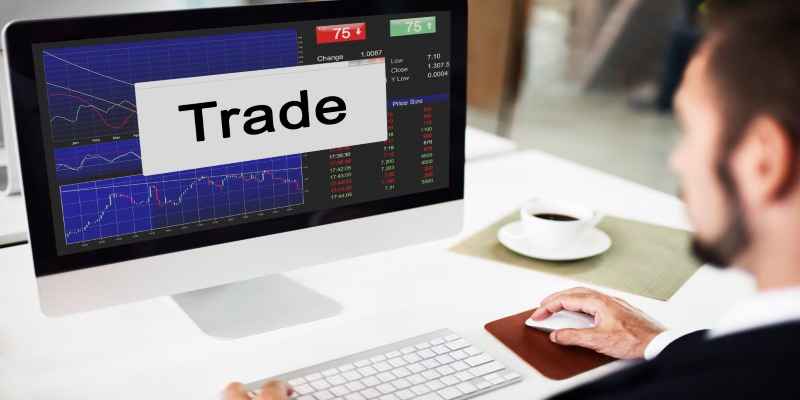
Before you start the trade-in process, it's crucial to understand what determines your car's value. Trade-in value refers to the dealership who are willing offer you for your vehicle when you use it as partial payment for another. Several factors influence this price:
Car Condition: The physical and mechanical condition of your car is one of the biggest determinants of its trade-in value. Scratches, dents, and mechanical issues can significantly lower the offer you receive.
Mileage: Lower mileage generally increases a car's value. High mileage, on the other hand, suggests more wear and tear, which can reduce your trade-in price.
Market Demand: The current market demand for your specific make and model can also impact the value. If your vehicle is popular, you may get a higher offer.
Age of the Car: Newer cars generally fetch better trade-in prices. As a car age, it typically depreciates, leading to lower offers from dealerships.
Vehicle History: Cars with a clean history report, meaning no major accidents or serious repairs, will generally trade for more than those with a checkered past.

To get the best price for your trade-in, you need to present your vehicle in its best possible condition. Preparing your car properly can make a significant difference in the offer you receive. Here's how to get started:
If your car has minor issues, like small dents or a broken taillight, it's worth fixing these problems before taking your vehicle to the dealership. Dealerships may deduct more than the actual cost of repairs from the trade-in price, so taking care of these yourself can be more cost-effective.
First impressions matter, even when it comes to trading in a car. Giving your vehicle a thorough cleaning, both inside and out, can enhance its appearance and make it look better maintained. Consider getting a professional detailing job if your car's interior is particularly worn or dirty.
Having a complete record of your car's maintenance can demonstrate to the dealership that your vehicle has been well cared for. Regular oil changes, tire rotations, and other routine services can reassure the buyer that the car is in good shape and well-maintained.
Dealers often check the tires and battery condition during an appraisal. If your tires are worn out or your battery is weak, replacing them can increase the car's trade-in value. New tires, in particular, can be a selling point, as they add to the car's reliability.
Before walking into a dealership, it's essential to know your car's trade-in value. Doing your homework will give you an advantage during negotiations. Several resources can help you estimate your vehicle's worth:

Online Trade-In Tools: Websites like Kelley Blue Book, Edmunds, and NADA Guides offer tools that estimate your car's trade-in value based on its make, model, year, and condition. These tools provide a rough idea of what to expect before you start negotiations.
Get Multiple Quotes: Don't rely on just one dealership's offer. Visit a few different dealerships and request trade-in quotes. This allows you to compare offers and choose the best one. Some dealers may even be willing to match or beat a competitor's offer.
Private Sale Option: In some cases, you may get more for your car by selling it privately. While this requires more effort, it can result in a higher selling price, especially if your vehicle is in high demand.
Negotiating the price of your trade-in is a crucial part of getting the best deal. Don't be afraid to haggle, and remember that you're not obligated to accept the first offer you receive.
Dealerships often bundle trade-in negotiations with the purchase of a new car, which can complicate the process. It's better to negotiate the trade-in value separately from the price of the new vehicle to ensure you're getting a fair deal on both ends.
When negotiating, use the research you've gathered from online tools and multiple quotes to support your case. If you know your car's estimated trade-in value and have better offers from other dealerships, use that information to negotiate a higher price.
If a dealership isn't willing to offer a fair price, be prepared to walk away. Sometimes, the simple act of leaving can lead to a better offer. If not, you can always explore other options.
Getting the best price for your trade-in requires preparation, research, and negotiation. By understanding the factors that affect your car's trade-in value, preparing your vehicle for appraisal, and knowing how to negotiate, you can maximize your trade-in offer. Remember, knowledge is your best tool in this processdo your homework, get multiple offers, and don't be afraid to walk away if the deal isn't right. With the right approach, you can ensure that you're getting the most value out of your old vehicle when trading it in for a new one.
Advertisement

By Celia Shatzman/Jan 01, 2024
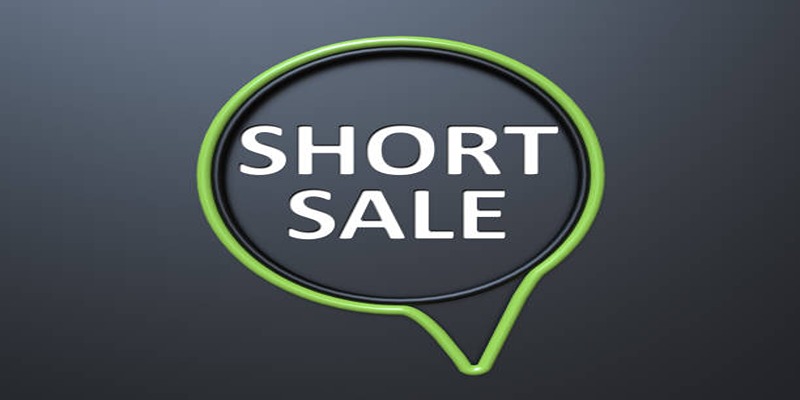
By Vicky Louisa/Jan 19, 2025

By Gabrielle Bennett /Jan 09, 2025
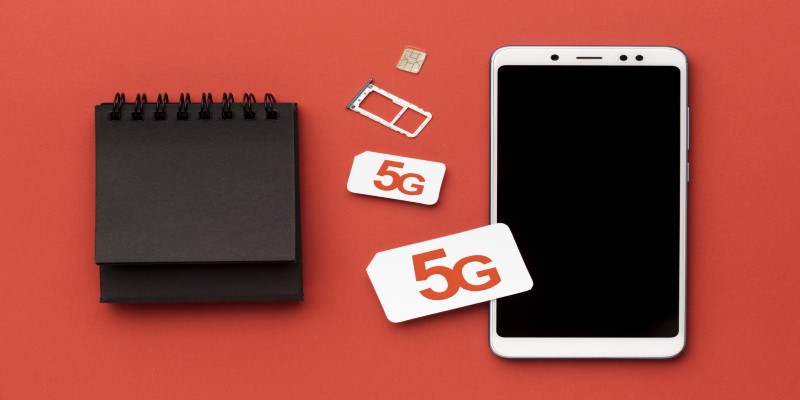
By Georgia Vincent/Oct 20, 2024
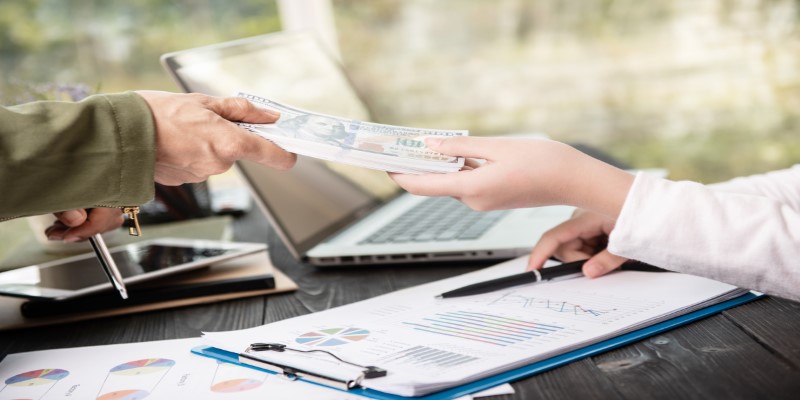
By Sid Leonard/Oct 20, 2024

By Pamela Andrew/Oct 21, 2024
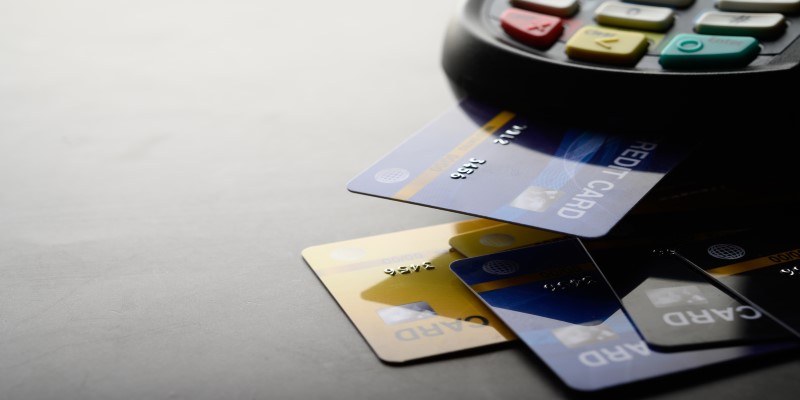
By Vicky Louisa/Oct 21, 2024

By Celia Shatzman/Jan 08, 2025
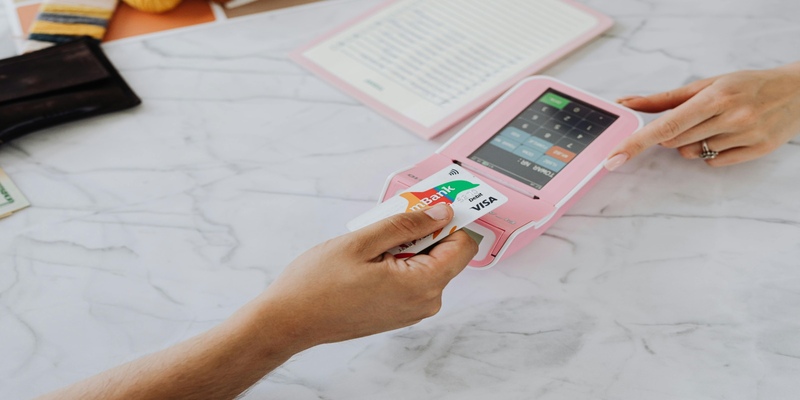
By Verna Wesley/Oct 21, 2024

By Triston Martin/Oct 20, 2024

By Madison Evans/Nov 20, 2024
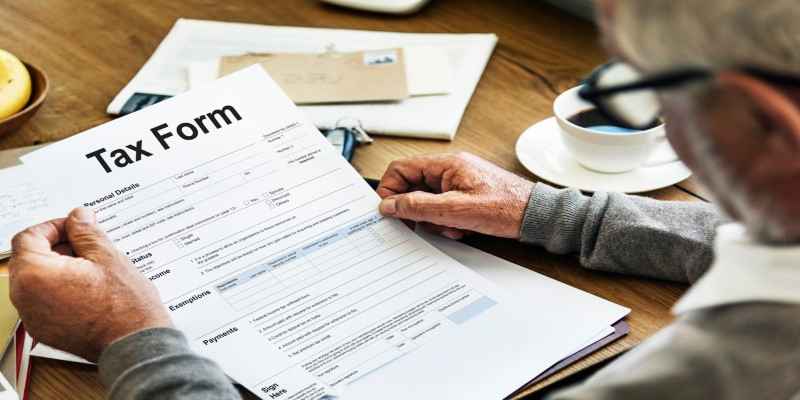
By Georgia Vincent/Oct 21, 2024